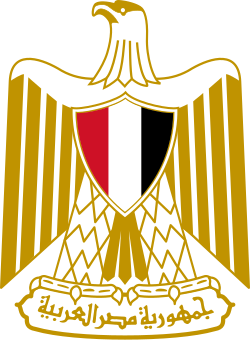| وزارة الموارد المائية والري | |
 | |
| Agency overview | |
|---|---|
| Jurisdiction | Government of Egypt |
| Headquarters | Imbaba, Giza 30°5′29″N31°13′35″E / 30.09139°N 31.22639°E |
| Agency executive |
|
| Website | www |
The Ministry of Water Resources and Irrigation is the ministry in charge of managing the water resources of the Arab Republic of Egypt mainly the Nile. It also manages irrigation projects in Egypt, such as the Aswan Dam and Al-Salam Canal. [1] Its headquarters are in Cairo.
